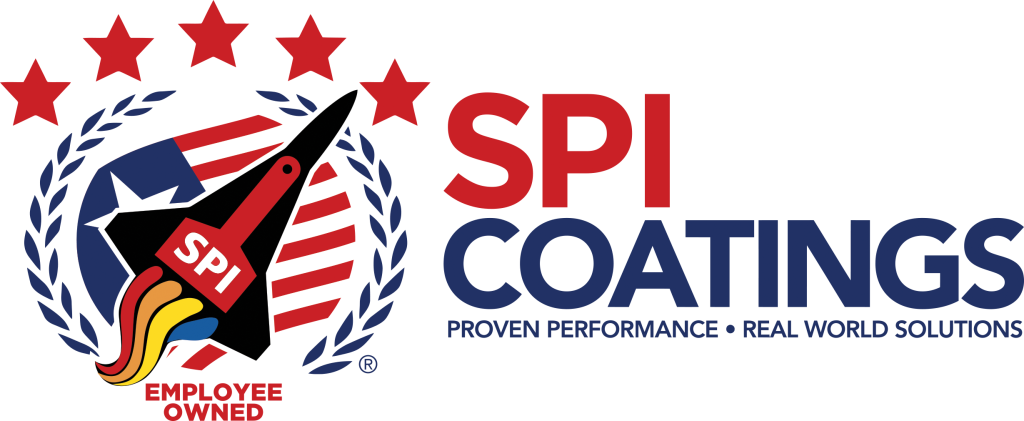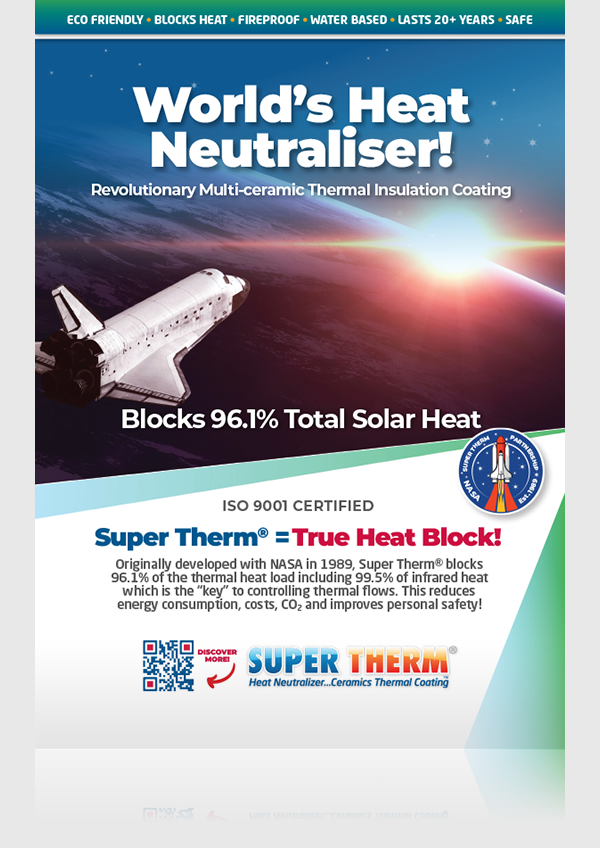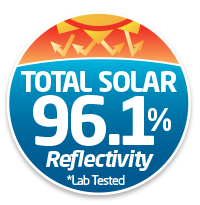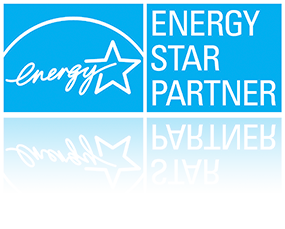Poultry sheds with Super Therm, Canada
By Sandy Ueffing, Agricultural Sales Representative for Superior Performance Coatings, distributor Eastern Canada.
I am writing as I have a great deal of knowledge on the use of Super Therm® on poultry barns as I have overseen the coating of several poultry barns with Super Therm®. I worked for several years in the poultry feed industry before moving on to Superior Performance Coatings, so I have gained different insights from producers.
Keep in mind that Canada has some of the most advanced poultry practices and facilities in the world. The London Poultry Show, in which we had a booth, is one of the largest in the world and attracts people from everywhere. Having just received your email, I thought I would pass on some information that you might find useful.
Heat stressed birds have reduced profitability in several different ways:
- Increased mortalities – any direct loss is important as the cost of the chick is immediately lost, as well as any feed that has been ingested.
- Lower and less consistent weights – heat stressed birds will not eat. When the temperatures drops in the evening, the birds rush for the feeders, fight for position, and then gorge. This will reduce the potential gains as this sort of binge eating results in poor performance. Due to the fighting, smaller birds have less of a chance to eat, resulting in inconsistent weights that irritate processors.
- Higher feed conversions – the greatest cost in poultry production is the feed cost. Due to the energy loses of the birds trying to keep cool, as well as the changes in feeding habits, poor feed conversions can strip a lot of profits from a flock.
Larger birds are more sensitive to heat. When meat birds (broilers) are hatched and placed, they prefer and grow best in hotter temperatures (above 30°). As they grow older they require lower temperatures (around 20°C) to achieve the necessary performance. Larger birds, especially those above 3.5 kg, are very sensitive to higher temperatures.
Condensation on water lines can be a major issue. The lines remain cool due to the moving water, and high heat and humidity can cause condensation. This water drips onto the bedding, reducing litter quality. Wet litter can be a reservoir for disease, which may lead to outbreaks of coccidiosis and enteritis.
Stocking density is important. If the birds are packed too tightly, there isn’t enough cooling that you can do to help.
Barn configuration is very important:
- Cross-ventilation or tunnel ventilation is preferable to attic ventilation.
- In Canada we have a lot of two- and three-story barns. If all of the barns are one story, the benefits of coating the walls usually don’t outweigh the costs. In taller barns this situation can easily be the reverse.
There are several other methods of cooling the barns, all of which involve water.
- Misting systems spray high pressure water into the air, which then absorbs the heat and is ejected by the fans. The problems with this system are that is must be turned on either by a person or through an automated system, and that is requires a supply of fresh water.
- Curtain cooling systems are expensive to install, but they work well. The water can be recycled for an even higher cost.
Super Therm® is an excellent choice for blocking solar heat for several reasons:
- Proven performance
- Exceptional longevity – 20 years
- Works constantly: no need to turn it on. Acts as a constant insurance policy
- Works better for longer than fibreglass

























